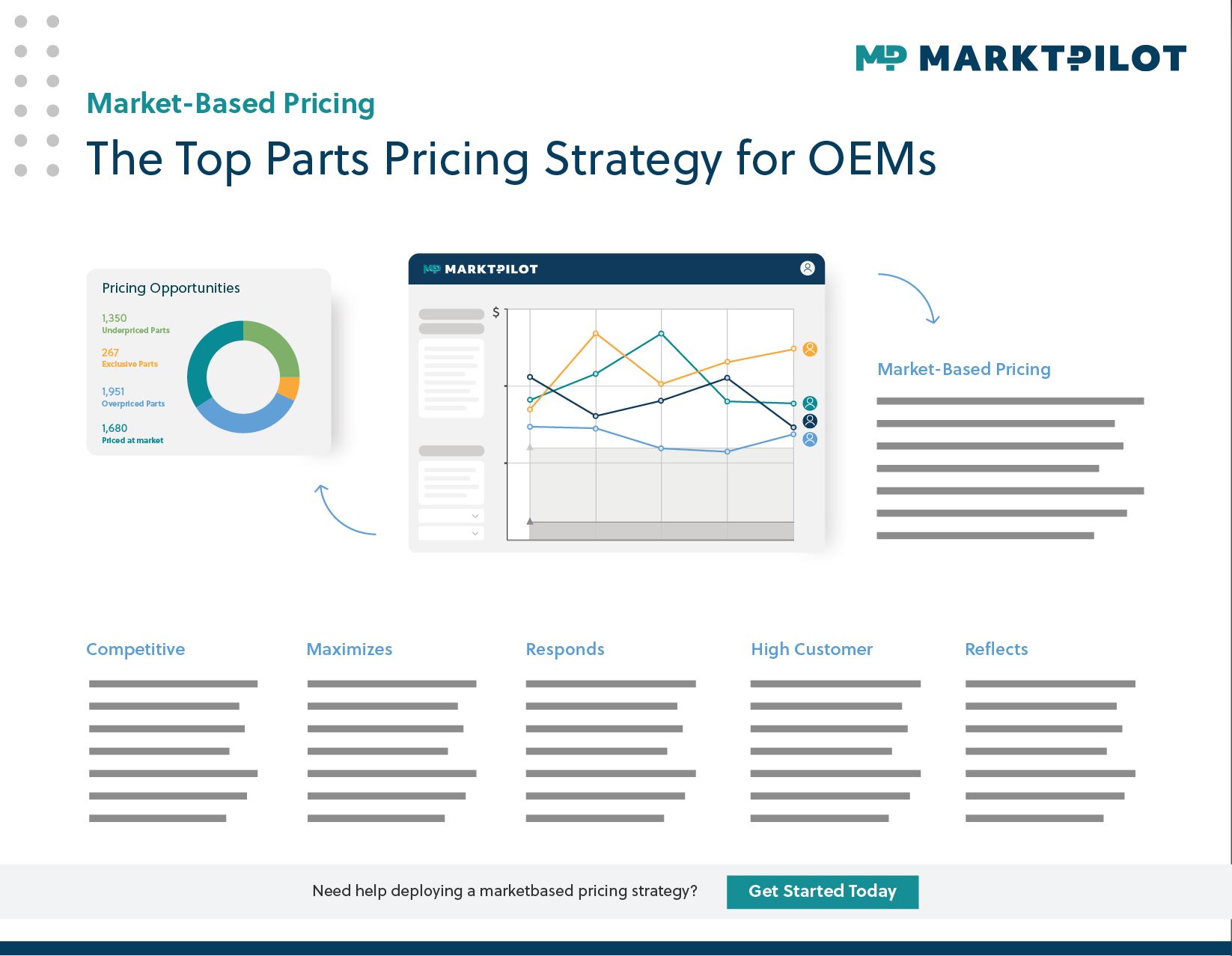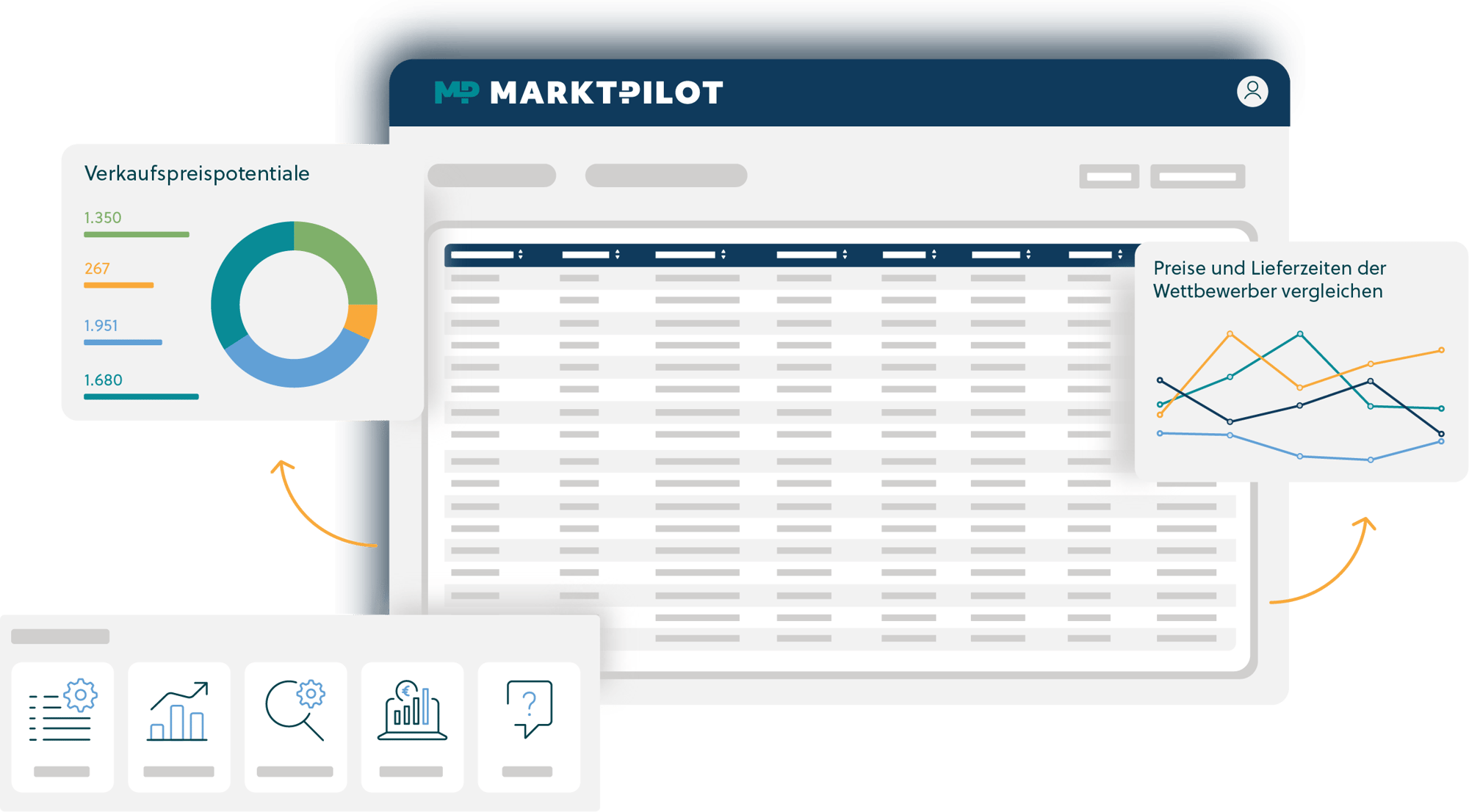Decisive Action, Rising Confidence: The 2026 Manufacturing Trends
Explore the key manufacturing trends shaping 2026 and learn how to turn uncertainty into opportunity with actionable insights for machine...
Business intelligence software integrates various tools and practices to enable organizations to analyze data and make informed decisions. It encompasses a range of functions including data mining, reporting, and performance benchmarking, all aimed at optimizing business operations. The core purpose of business intelligence platforms is to make a company’s data usable and more effective.
The term ‘Business Intelligence’ was first introduced in 1989, alongside the development of computer models for decision-making. Since then, the landscape of BI has evolved significantly. Traditional business intelligence often relied on IT departments to generate reports, leading to delayed access to critical insights. However, modern BI focuses on enabling users to perform self-service analytics, allowing for quicker and more efficient data insights.
Business intelligence tools now use advanced methods like data mining, reporting, and performance benchmarking to offer comprehensive data insights. These capabilities enable business users to make data-driven decisions, improving operational efficiency and strategic planning. With the integration of technologies like Microsoft Power BI, IBM Cognos Analytics, and Zoho Analytics, businesses can now access sophisticated data visualization and predictive analytics.

When selecting business intelligence software, identifying key features that best serve your organization’s needs is crucial. Business intelligence tools convert data into visually engaging formats for easier analysis, making data-driven decisions more accessible and impactful. These platforms aim to make a company’s data usable and more effectively utilized.
Key features to look for include data visualization tools, data connectors and a user-friendly interface.
Data visualization tools are the backbone of business intelligence platforms. These tools transform raw data into charts, graphs, and other visual formats, making it easier for key stakeholders and decision-makers to understand complex data sets. Effective BI platforms provide an extensive collection of customizable data visualizations options, including advanced types like scatter plots and heat maps, and visual analytics enhances the overall understanding of these data representations.
Data connectors are essential for integrating various data sources within business intelligence tools. They improve the usability and accessibility of data points by enabling seamless integration with multiple data source.
There are three main types of data connectors: native, built-in, and third-party. Native connectors offer the smoothest integration experience, built-in connectors provide reliable solutions supported by the software vendor, and third-party connectors, while versatile, may require more technical intervention.
An intuitive user interface ensures that individuals without technical expertise can navigate and use BI tools effectively. Clear analytics and an intuitive interface lower the learning curve, enabling users with no technical background to easily navigate BI tools. This accessibility ensures that more employees can engage with data, fostering a data-driven culture within the organization.
Interactive dashboards with drag-and-drop features enable users to create reports without technical skills. Natural language processing features enhance the user experience by enabling business users to interact with databases using everyday language.
BI tools enable organizations an efficient data management, to visualize data in actionable formats, aiding in trend identification and decision-making. Key benefits include improved decision-making speed, optimized internal processes, and the ability to identify emerging trends. BI software enables organizations to draw actionable insights from data, leading to more informed and strategic decision-making.
BI software enhances operational efficiency by identifying inefficiencies and bottlenecks in processes. Automation in BI software streamlines report generation and provides timely insights, reducing the time and effort needed for data analysis. These capabilities not only lead to significant cost reductions but also improve customer experiences and employee satisfaction.
Business Intelligence (BI) allows organizations to make data-driven decisions instead of relying on intuition or accumulated knowledge. This shift leads to clearer reporting, consolidated data, and faster decision-making, which enhances overall organizational efficiency. Tools like Tableau provide advanced analytics capabilities, allowing users to perform complex calculations and statistical analysis to gain deeper insights into data analytics.
Integrating machine learning with business intelligence tools enhances predictive analytics capabilities, enabling more informed decision-making. Anomaly detection through machine learning helps identify fraud and operational irregularities, contributing to improved decision-making. These advanced analytics capabilities, powered by sophisticated ai, enable organizations to forecast demand, segment customers, and make strategic decisions based on data-driven insights.
Business intelligence tools identify and eliminate redundancy in processes, leading to productivity improvements. For instance, Sisense empowers teams to work more efficiently and allows users to manage large and complex datasets without needing IT support. By streamlining operations, BI tools save time and resources across various functions, improving overall business performance.
The efficiency gained from using many bi tools optimizes resource allocation and enhances overall business performance. Automated insights and real-time data processing ensure business users can make informed decisions quickly, reducing the lag between data collection and action. This streamlined approach to data management fosters a more agile and responsive business environment.
Insights from business intelligence provide valuable insights that help businesses gain insights and better understand and address customer preferences. Tailoring products and services to customer needs increases satisfaction and loyalty.
Additionally, BI insights help businesses identify customer pain points, leading to targeted service improvements and a more personalized customer experience.
AI-driven market research streamlines the analysis of large datasets, such as competitor pricing, customer trends, and material costs. By automating repetitive tasks, it not only saves time but also delivers greater accuracy than common manual methods. This approach is particularly relevant to machine manufacturers aiming for market-based pricing strategies.
Adopting business intelligence tools presents its own set of challenges. Here are some major hurdles to consider:
Cultural resistance to change within organizations presents a significant barrier to adopting new BI technologies. Training programs are essential to equip users with the skills to utilize BI tools effectively. Managing self-service BI implementations and fostering continuous learning are crucial for overcoming resistance and ensuring successful adoption.
Data integration is crucial for business intelligence platforms, combining multiple data sources into a unified system for better analysis. One common challenge in integrating data sources is that some BI tools may have a non-traditional SQL interface that isn’t user-friendly for advanced sql knowledge users. Third party integrations can be less reliable and may require more technical intervention to function effectively.
Training programs are essential to equip users with the skills to utilize BI tools effectively. Sufficient training and support minimize resistance from users adapting to new business intelligence tools. Organizations must foster a culture that encourages continuous learning to help employees adapt to new BI tools and overcome resistance.
Manufacturing is one of the most data-driven sectors, relying heavily on data from operations like supply chain and production scheduling. Business intelligence tools help manufacturers identify inefficiencies in production, optimizing processes for better performance. With business intelligence, manufacturers can use real-time data to make informed decisions, improving operational efficiency.
Business intelligence also enables better inventory management by tracking material usage across jobs, preventing shortages. BI tools help manufacturers evaluate supplier performance, aiding in negotiations and ensuring quality standards.
Additionally, BI aids in financial management by allowing organizations to develop budgets that include production and operations costs. BI tools can improve production scheduling by analyzing the capacity of employees and machines to reduce bottlenecks.

Overview of Parts Pricing Strategies
In this article, we review a few of the most common parts pricing strategies for OEMs.
Discover how Business Intelligence Software can help your company unlock its full revenue potential in the parts business. Contact us to learn how optimized spare parts pricing with MARKT-PILOT can create new opportunities in the machine manufacturing industry.

Digitalization is reshaping machine manufacturing, challenging traditional after-sales services.

Learn more about the role of market intelligence and AI in machine manufacturing, specifically in the parts business.

Integrating AI solutions allows machine manufacturers to optimize production processes, making them more efficient.

Take a deep dive into what is the top pricing strategy for OEMs and discover how it can greatly increase your revenue.
MARKT-PILOT is a leading provider of software for market-based spare parts pricing in machine manufacturing. The solutions enable OEMs to conduct precise market price research, automated price recommendations and optimized strategies. Customers benefit from increased sales, margins and customer satisfaction in their parts business.

Explore the key manufacturing trends shaping 2026 and learn how to turn uncertainty into opportunity with actionable insights for machine...
Discover how Okuma boosted parts profitability with MARKT-PILOT’s data-driven pricing strategy.
How data, AI, and trust shape the Dynamic Machine Economy: Lessons from the PARTS SUMMIT 2025.